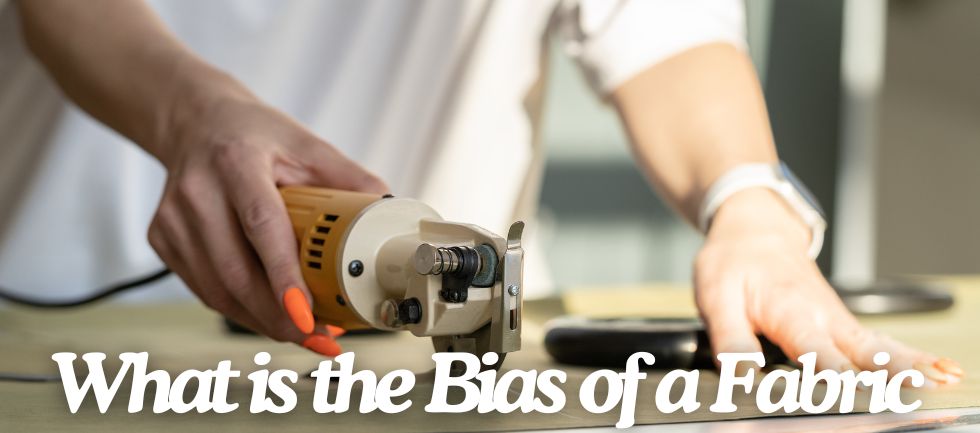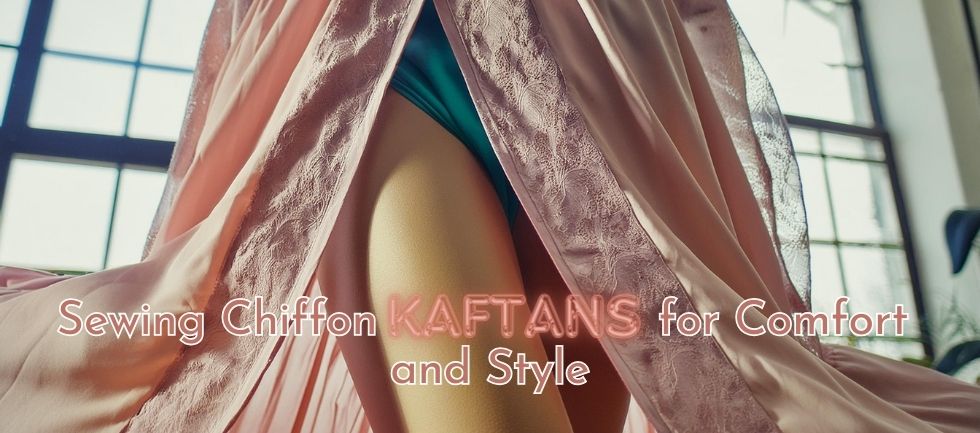A wedding veil is more than just a bridal accessory; it is a symbol of tradition, romance, and the delicate beauty that frames the bride as she walks down the aisle. Selecting the right fabric for a wedding veil can elevate the overall aesthetic of the bridal look, harmonizing with both the gown and the ceremony's vibe.
When it comes to planning your wedding, every detail counts, but some elements capture the imagination and heart with their symbolic beauty and tradition. One such element is the wedding veil. This iconic accessory has adorned brides for centuries, symbolizing various cultural significances from modesty and obedience to purity and flamboyance. Today, the wedding veil remains a cherished part of the bridal ensemble, offering a touch of elegance and mystique as the bride walks down the aisle.
Choosing the right fabric for your wedding veil can elevate your bridal look, complementing both the gown and the overall theme of your wedding. The selection of veil material involves understanding the different fabrics' properties — how they drape, their sheerness, and texture — to ensure it harmonizes perfectly with your wedding dress.
Here we will discuss the most popular fabrics used for wedding veils and provide insights to help you decide which material suits your style and satisfies your bridal aspirations.
What is the Best Fabric for a Bridal Veil?
When it comes to selecting the best fabric for a bridal veil, the choice can significantly impact the overall look and feel of your wedding day ensemble. At IceFabrics, you have a range of exquisite options, each with its unique characteristics that can help you create the perfect veil. Let’s delve into the qualities of organza, chiffon, mesh lace, and net, to help you decide which fabric is the best for your bridal veil.
Organza
Organza is a crisp, lightweight fabric that adds structure and a bit of volume to your veil. It is known for its sheer texture and slightly stiff feel, making it an excellent choice for creating a veil that stands out with a bit of poof. Organza veils are perfect for brides who want a classic, sophisticated look with a touch of glamour.
The fabric’s stiffness allows it to hold shape beautifully, and it can be layered to achieve a fuller look without being too heavy. Additionally, organza is often available in various finishes, from matte to glossy, allowing you to customize the sheen to match your gown.
Chiffon
Chiffon is a soft, flowy fabric that offers a more delicate and romantic aesthetic. It is incredibly light and airy, making it ideal for brides who prefer a veil that drapes gracefully and moves with them. Chiffon veils provide a gentle, ethereal look that can enhance the beauty of a flowing wedding dress.
The fabric’s subtle texture and softness make it perfect for a more understated and modern bridal look. Chiffon’s lightweight nature also ensures that the veil does not overpower the dress, making it an excellent choice for brides seeking a soft, ethereal veil that complements their gown seamlessly.
Mesh Lace
Mesh lace is a stunning choice for a bridal veil that combines the intricacy of lace with the lightweight nature of mesh. This fabric is perfect for brides who want a veil that is both detailed and delicate. The lace adds a touch of elegance and sophistication, while the mesh provides a subtle, almost ethereal quality.
Mesh lace veils are great for adding a bit of texture and visual interest without being too heavy or cumbersome. They work particularly well with dresses that have lace details or embellishments, creating a cohesive and harmonious bridal look.
Can You Make a Veil Out of Chiffon?
Chiffon, with its soft, flowing qualities, presents an interesting option for wedding veils, particularly for brides seeking a more draped, fluid aesthetic. While not as commonly used as tulle, chiffon can create a romantic and dreamy veil that cascades gracefully, ideal for a bohemian or more relaxed wedding theme.
However, its opacity and heavier weight compared to tulle mean it can obscure the details of the wedding gown if not used carefully. Chiffon veils work best in shorter lengths or in layers, which can add depth without overwhelming the bridal look. Crafting a veil from chiffon requires careful handling, as the fabric can be slippery and more challenging to work with than the forgiving tulle.
How Much Fabric Do I Need for a Wedding Veil?
Determining the amount of fabric required for a wedding veil depends largely on the desired style and length of the veil. For a standard fingertip veil, approximately 72 inches of fabric width is sufficient, while longer styles like a chapel or cathedral veil may require lengths upwards of 108 inches.
It's crucial to consider both the width and the length of the fabric when purchasing, especially if opting for a fuller look or multiple layers. To ensure there is enough fabric, it's recommended to add an extra 5 to 10 inches to the intended length to accommodate any adjustments or errors during the cutting and sewing process.
Measuring should be done from the top of the head where the veil will be attached, down to where it should end at the back, ideally using a non-stretch string or a flexible measuring tape for accuracy.
How Many Layers Should a Veil Have?
The number of layers in a wedding veil can alter its transparency, volume, and style. A single-layer veil is perfect for a sleek, modern look that allows the details of the wedding gown to shine through unhindered. It's lighter and easier to manage, especially for outdoor or more casual weddings. On the other hand, double-layered veils add an element of tradition and versatility, with many brides using the shorter layer as a blusher to cover the face during part of the ceremony.
Additional layers can contribute to a more dramatic and formal appearance, enhancing the bride's silhouette with depth and texture. When considering multiple layers, the fabric's weight and opacity should be taken into account to maintain comfort and aesthetic balance.
What's the Best Material for a Wedding Veil?
For DIY brides or those with a more hands-on approach to their wedding preparations, selecting the best material for a wedding veil involves balancing cost, ease of handling, and the final desired look.
Bridal illusion tulle remains a top recommendation due to its affordability, ease of sewing, and the classic, soft-focus effect it provides. For those seeking a finer, more luxurious texture organza and chiffon can be exquisite alternatives, offering unparalleled softness and a delicate drape that beautifully complements upscale gown fabrics.
These materials, while more costly and delicate to work with, can transform a simple veil into a stunning heirloom piece that captures the essence of bridal elegance.
Read on to find out more about How to make Bridal Robe with Chiffon Fabric?
Caring for Your Wedding Veil
Cleaning Tips
After your wedding, clean your veil according to the fabric's care instructions. Delicate fabrics like tulle and lace may require professional cleaning.
Storage Advice
Store your veil in a cool, dry place, away from direct sunlight. Use a garment bag to protect it from dust and damage.
Preservation Techniques
To preserve your veil for years to come, consider professional preservation services. This ensures that your veil remains in pristine condition as a cherished keepsake.
Wrap up
In crafting your own wedding veil, the material choice is deeply personal and should align with your overall bridal vision. Whether opting for the crispness of organza the smooth flow of chiffon, or the exquisite feel of mesh lace, each fabric brings its unique qualities to the forefront, allowing every bride to manifest her dream veil.
With thoughtful consideration and a touch of creativity, this quintessential bridal accessory can become a beautiful, cherished element of your wedding day ensemble.
FAQs
What is the most popular fabric for wedding veils?
Tulle is the most popular fabric for wedding veils due to its lightweight, sheer, and versatile nature.
Can I dye my wedding veil to match my dress?
Yes, many veils can be dyed, especially those made from natural fibers. However, it's best to consult a professional to ensure even coloring.
How do I choose the right length for my veil?
Consider the style of your dress, the formality of your wedding, and your personal preference. Longer veils are more formal, while shorter veils offer a modern, casual look.
Are lace veils more expensive than tulle veils?
Generally, lace veils are more expensive due to the intricate detailing and craftsmanship involved in making lace.
Can I wear a veil with a non-traditional wedding dress?
Absolutely! Veils can complement non-traditional wedding dresses beautifully, adding a touch of bridal elegance to any style.
How do I attach my veil to my hairstyle?
Veils can be attached using combs, pins, or clips. Work with your hairstylist to ensure secure placement that complements your hairstyle.



